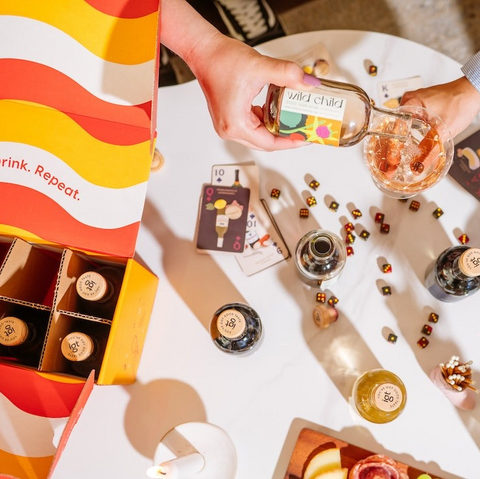Malbec, once known as a lowly grape that was only good for blending, is now known throughout the world and is one of the most popular red wine varietals in the United States. Take a lesson from Malbec - know your worth!
Malbec is a fascinating grape that winemakers use to create some very delicious wines with unique flavor profiles. Its dark purple color and deep, almost smoky notes make for a wine that has a bit of mystique, the misunderstood but interesting friend of the other more popular red wines. Let’s take a closer look at Malbec and learn more about this dark and delicious wine that marches to the beat of its own drum.
History, Origin, and Name Meaning
The most popular (though unconfirmed) theory is that Malbec got its name from a Hungarian peasant, last name Malbec or Malbeck, who introduced the grape to France. However, Malbec really got its chance to shine when it was introduced to Argentina in 1868 by Michel Pouget. Since then, Malbec has become synonymous with Argentina and is considered their most important grape as it takes up three-fourths of the vineyards in the country.

Is Malbec a Varietal or a Blend?
Malbec is primarily enjoyed in its 100%, full glory as a single-varietal. Argentinian Malbecs are most often produced solely with the Malbec grape, while in France, Malbec is a popular blending grape in many regions including Bordeaux. When blended, Malbec is often paired with Cabernet Sauvignon and Gamay.

Where is Malbec Grown?
Malbec is grown in several countries, including Argentina, France, the United States, Chile, and South Africa. However, Argentina and France are the ones best known for their Malbec growing regions.
Malbec grapes thrive in areas that are sunny during the day and cool at night, particularly in high elevation areas. One such region that is ideal for Malbec grapes is Mendoza, which is a region in the Andes in Argentina. Malbec, as we’ve mentioned, is also grown in France, but it does tend to struggle in the cooler temperatures of the country.
Interestingly, Malbec tastes quite different from country to country, with Old World countries like France producing a much lighter tasting Malbec than the New World countries like Argentina. A glass of Malbec from France will be much redder in color and have a tart, savory palette with fruit-forward characteristics, and notes of red fruit like cherry and raspberry. On the contrary, Argentinian Malbecs have a much darker color, a purple that is almost opaque. It is much softer and more plummy in texture.

How to Serve Malbec
Malbec truly is a wine that stands alone, because, unlike most reds, this dark beauty is best served cool - just below room temperature (not your American home temp, but cellar temp, 50-55 degrees). To achieve the perfect temperature, take a bottle that is already at room temperature and let it sit in your refrigerator for about 30 minutes. After you take it out, pour the contents into a large, red wine glass to allow your wine to breathe and let forth all of its delicious, complex aromas and flavors.
If you’re looking for the perfect snacks and foods to pair with your Malbec, look for lean red meat, turkey, duck, and lamb dishes. Don’t overlook a good block of blue cheese and a meaty portobello mushroom. All of these pair beautifully with a glass of Malbec.

See, Taste, and Smell Notes
A glass of Malbec, specifically one from Argentina, will be very dark in color, an inky, almost black purple. After swirling your glass and inhaling, there will be aromas of dark fruit, specifically black cherry, blueberry, and plum.

The taste of Malbec is truly unique. It’s jammy, with medium tannins and medium acidity. It has notes of coffee, leather, black pepper, vanilla, and tobacco, with some even describing it as being meaty or smoky tasting.
To expand your flavor profile in the vast world of wines, look no further than a Malbec to begin expanding your horizons and discovering unique new flavors.












